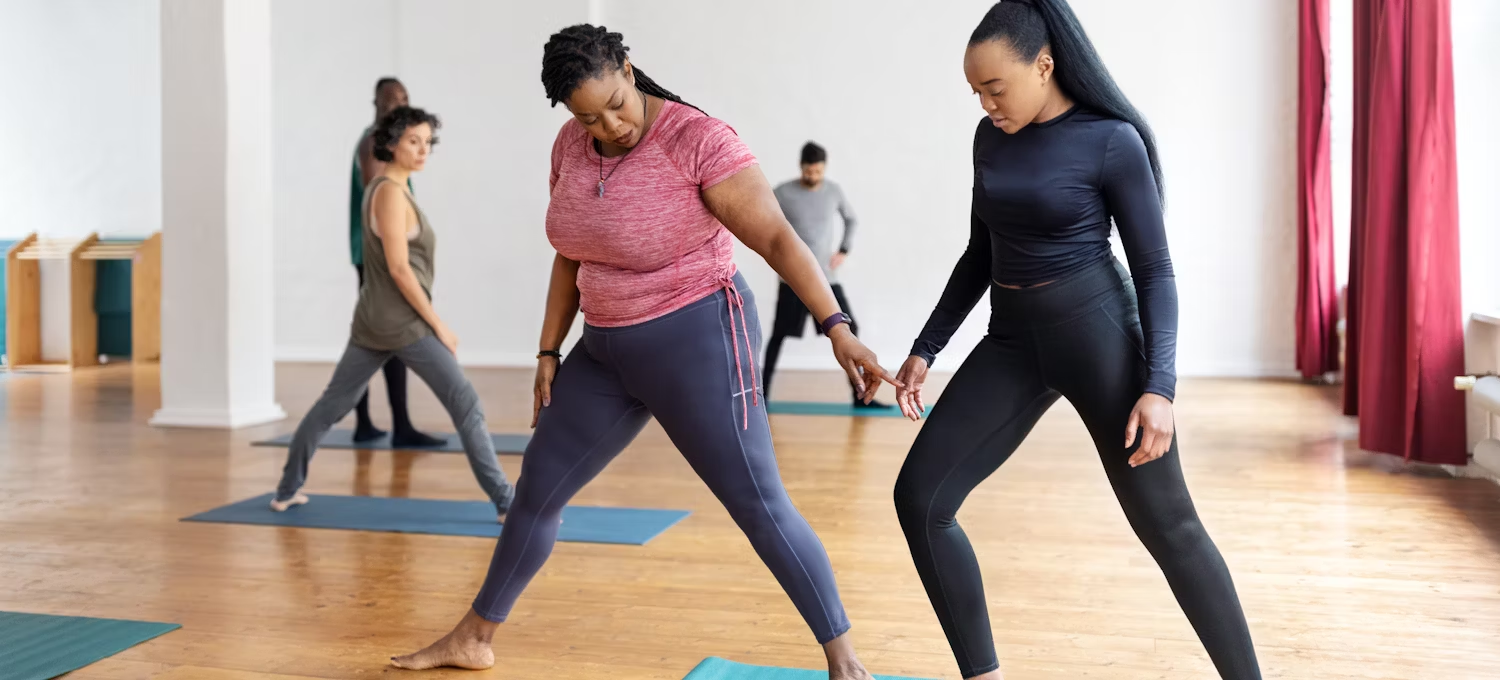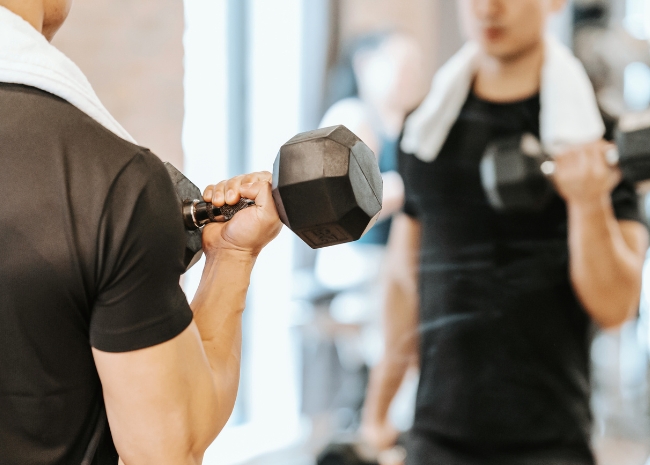One of the most frequently asked questions in the realm of fitness revolves around the optimal number of workout days per week. The answer, however, is not a one-size-fits-all prescription. Determining the ideal workout frequency is a nuanced process that depends on a multitude of individual factors, including your fitness goals, current fitness level, the intensity and type of your workouts, your recovery capacity, and your overall lifestyle. This comprehensive guide will delve into the key considerations for establishing a sustainable and effective workout schedule that aligns with your unique needs and aspirations.
Understanding the Interplay of Training, Recovery, and Adaptation:
Before determining the ideal number of workout days, it’s crucial to grasp the fundamental principles of how our bodies respond to exercise. When we engage in physical activity, we create microscopic tears in our muscle fibers. During the subsequent recovery period, the body repairs these tissues, leading to muscle growth and increased strength – a process known as adaptation. Insufficient recovery can hinder this process, leading to fatigue, overtraining, and an increased risk of injury. Conversely, too much rest might slow down progress. Finding the right balance between training stimulus and recovery is paramount for achieving your fitness goals effectively and sustainably.
Key Factors Influencing Your Ideal Workout Frequency:
Several individual factors play a significant role in determining how many days a week you should work out:
- Your Fitness Goals: Your specific objectives will significantly influence your training frequency.
- General Health and Maintenance: If your primary goal is to maintain a basic level of fitness and overall health, 2-3 days of moderate-intensity exercise per week might suffice.
- Weight Loss: To create a significant calorie deficit, you might need to aim for 4-6 days of exercise per week, incorporating both cardiovascular training and strength training.
- Muscle Gain and Strength Development: Building muscle typically requires more frequent strength training, often 3-5 days per week, with attention to progressive overload and adequate recovery for specific muscle groups.
- Endurance Training (e.g., marathon preparation): Endurance athletes often train 5-7 days per week, with varying intensities and durations to build stamina and cardiovascular capacity.
- Your Current Fitness Level: Beginners should start with fewer workout days to allow their bodies to adapt to the demands of exercise and minimize the risk of injury. As your fitness improves, you can gradually increase the frequency. Someone new to exercise might start with 2-3 days per week, while a more experienced individual might comfortably handle 4-5 days.
- Workout Intensity and Type: High-intensity workouts, such as HIIT or heavy weightlifting, require more recovery time compared to low-impact or moderate-intensity activities. The type of exercise also matters; for instance, strength training typically necessitates more rest for specific muscle groups than cardiovascular exercise.
- Your Recovery Capacity: Individual recovery rates vary based on factors like age, sleep quality, nutrition, stress levels, and genetics. If you consistently experience muscle soreness for extended periods or feel excessively fatigued, you might need more rest days. Prioritizing sleep and proper nutrition is crucial for optimizing recovery.
- Your Available Time and Lifestyle: Realistically assess the amount of time you can consistently dedicate to workouts each week. It’s better to stick to a sustainable schedule of fewer days than to aim for a high frequency that you can’t maintain long-term. Consider your work schedule, family commitments, and other obligations.
- Your Cross-Training Activities: If you engage in various types of physical activity (e.g., running, swimming, yoga), factor these into your overall training load when determining your dedicated workout days. Ensure you’re not overtraining specific muscle groups or energy systems.
General Guidelines for Workout Frequency Based on Goals:
While individual needs vary, these general guidelines can serve as a starting point:
- Beginners: Aim for 2-3 non-consecutive days of exercise per week, focusing on building a foundation of cardiovascular fitness and basic strength. Allow for rest days between workouts.
- General Fitness and Health: 3-4 days of moderate-intensity exercise per week, incorporating a mix of cardiovascular and strength training, is often sufficient for maintaining good health and fitness.
- Weight Loss: 4-6 days of exercise per week, combining cardiovascular activities for calorie burning and strength training to build muscle mass (which increases metabolism), can be effective.
- Muscle Gain and Strength: 3-5 days of strength training per week, focusing on different muscle groups on different days (e.g., upper body, lower body, full body splits), with adequate rest for each muscle group, is generally recommended.
- Endurance Training: 5-7 days per week with varying intensities and durations, tailored to the specific endurance event.
The Importance of Rest and Recovery:
Regardless of your workout frequency, prioritizing rest and recovery is non-negotiable for preventing overtraining, maximizing progress, and reducing the risk of injury. Rest days allow your body to repair and rebuild muscle tissue. Incorporate the following recovery strategies:
- Adequate Sleep: Aim for 7-9 hours of quality sleep per night.
- Proper Nutrition: Consume a balanced diet with sufficient protein to support muscle repair.
- Active Recovery: Engage in light activities like walking or stretching on rest days to promote blood flow and reduce muscle 1 soreness.
- Listen to Your Body: Pay attention to signs of fatigue or overtraining and adjust your training schedule accordingly.
Finding Your Optimal Frequency: An Iterative Process:
Determining your ideal workout frequency is often an iterative process that involves experimentation and self-awareness. Start with a frequency that seems manageable based on your goals and current lifestyle. Pay close attention to how your body responds. Are you feeling energized and seeing progress? Or are you constantly fatigued, experiencing persistent soreness, or noticing a decline in performance? Adjust your training schedule based on these cues. You might need to increase or decrease the number of workout days, modify the intensity, or incorporate more rest.
Sample Weekly Workout Schedules:
Here are a few examples of weekly workout schedules based on different goals and frequencies:
- Beginner (2 days): Tuesday – Full Body Strength Training, Thursday – Cardiovascular Exercise (brisk walking, cycling).
- General Fitness (3 days): Monday – Strength Training (Upper Body), Wednesday – Cardiovascular Exercise (jogging, swimming), Friday – Strength Training (Lower Body).
- Weight Loss (5 days): Monday – Strength Training, Tuesday – Cardio, Wednesday – Active Recovery (yoga, walking), Thursday – Strength Training, Friday – Cardio.
- Muscle Gain (4 days): Monday – Upper Body (Push), Tuesday – Lower Body, Thursday – Upper Body (Pull), Friday – Lower Body.
Remember that these are just examples, and you should tailor your schedule to your specific needs and preferences.
Conclusion: A Personalized Approach to Workout Frequency:
Ultimately, there is no magic number of workout days per week that applies to everyone. The ideal frequency is a highly personalized equation that takes into account your individual fitness goals, current fitness level, workout intensity and type, recovery capacity, available time, and lifestyle. By understanding the principles of training and recovery, considering the key influencing factors, and paying close attention to your body’s responses, you can discover a sustainable and effective workout schedule that empowers you to achieve your fitness aspirations and cultivate long-term well-being. Embrace the journey of self-discovery and find the rhythm that works best for you.
One of the most frequently asked questions in the realm of fitness revolves around the optimal number of workout days per week. The answer, however, is not a one-size-fits-all prescription. Determining the ideal workout frequency is a nuanced process that depends on a multitude of individual factors, including your fitness goals, current fitness level, the intensity and type of your








